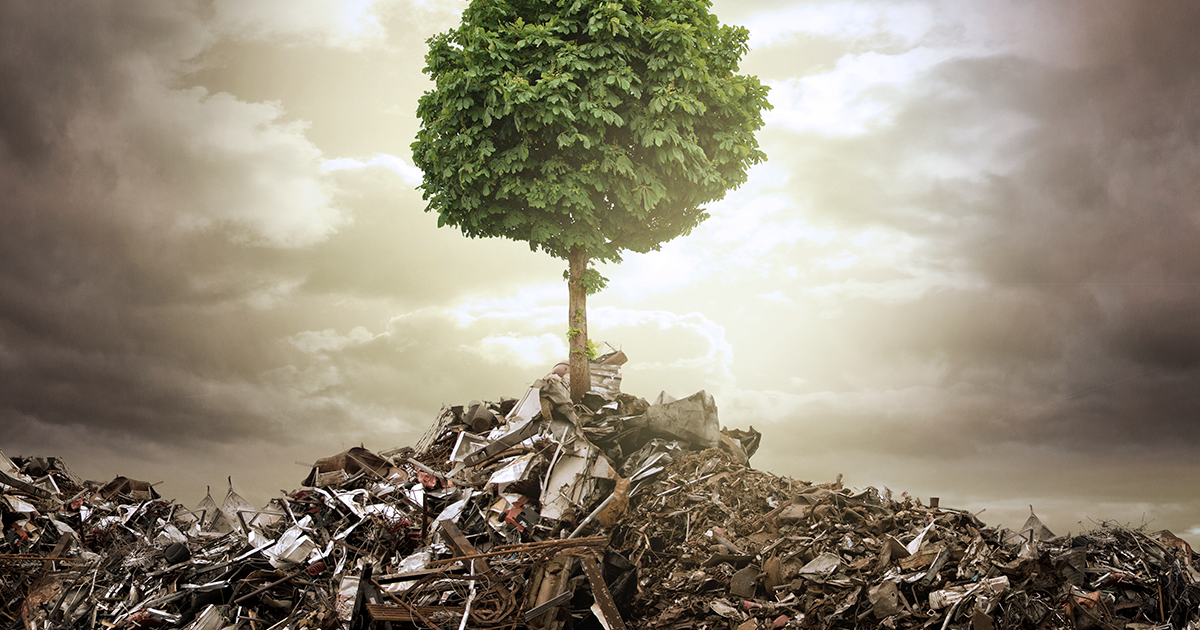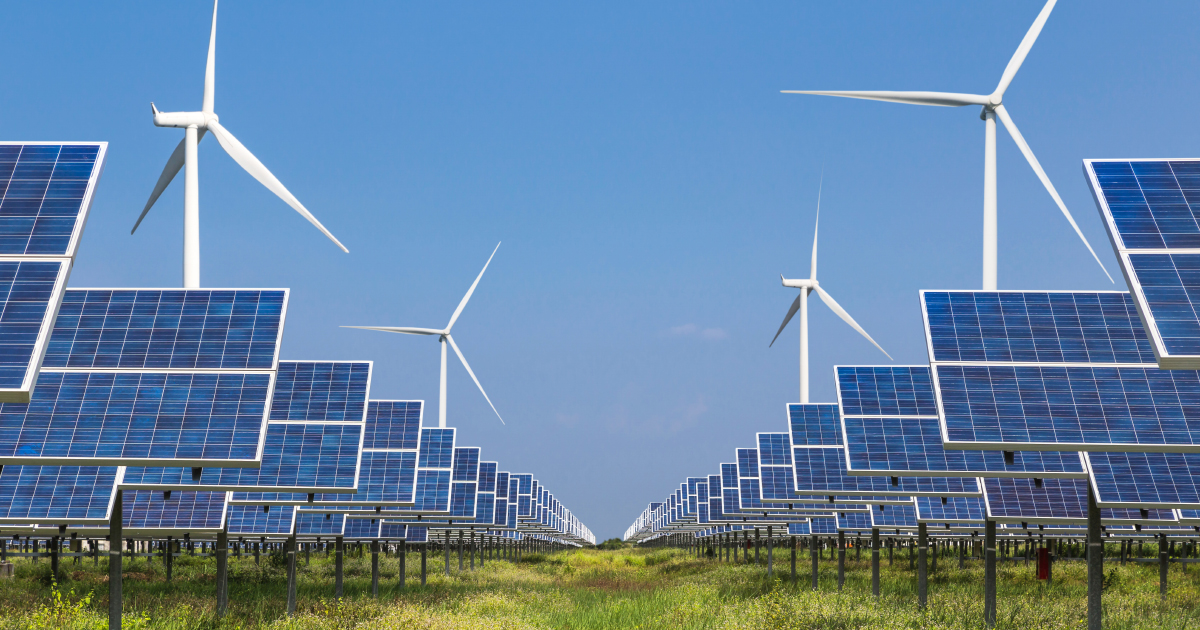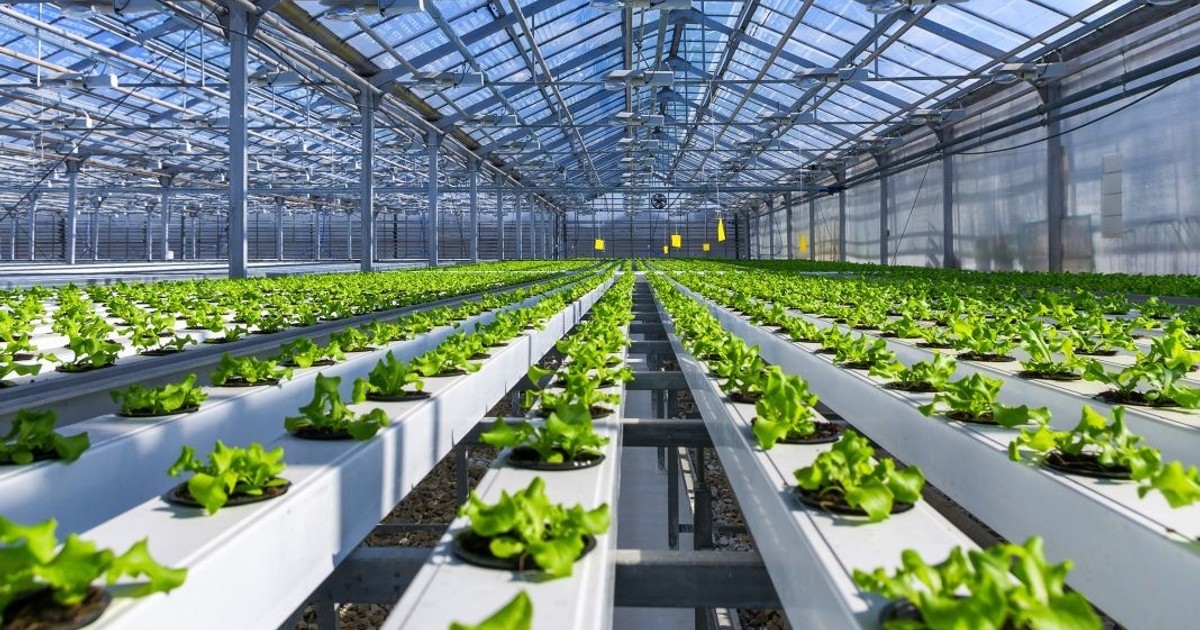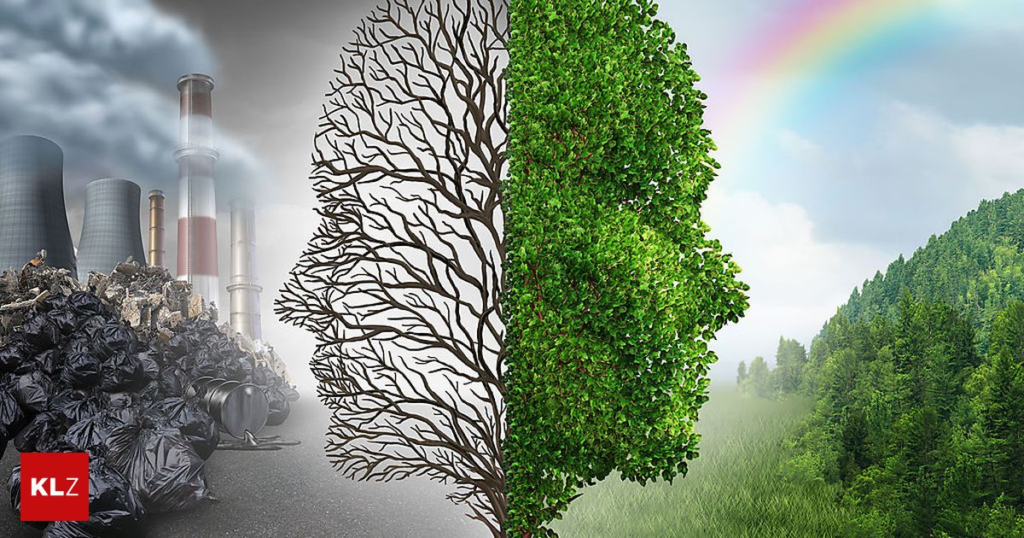Planet SOS: Addressing Urgent Environmental Issues
As we stand on the precipice of environmental crisis, it’s imperative that we delve into the intricate web of challenges facing our planet. From the ominous specter of climate change to the silent extinction of biodiversity, from the relentless onslaught of deforestation to the choking grip of pollution, we must confront these issues head-on. In this comprehensive exploration, we shall journey through the labyrinth of environmental woes and, in doing so, endeavor to unearth the seeds of hope and change. Our planet’s cry for help resonates across continents, and it’s time we answered the call.
Setting the Stage for Environmental Concerns
The Critical Need for Immediate Action
Time, it seems, is running out. The unforgiving march of environmental degradation has reached a crescendo, and the need for immediate action is more pressing than ever. Our natural world is in a state of flux, with consequences that reverberate far beyond the confines of ecosystems. To understand the gravity of the situation, we must dissect each pressing concern one by one.
Climate Change: The Global Crisis

Understanding Climate Change
Climate change, that elusive and pervasive phenomenon, is altering the very essence of our planet. This intricate dance of atmospheric chemistry, driven by the release of greenhouse gases, is causing Earth’s temperatures to rise at an alarming rate. The consequences of this warming are manifold and ominous.
Impact on Weather Patterns and Extreme Events
The repercussions of climate change manifest in erratic weather patterns and extreme events. From devastating hurricanes to prolonged droughts, the climate crisis disrupts the delicate balance upon which our world thrives.
Rising Sea Levels and Coastal Threats
The inexorable rise in global temperatures leads to melting polar ice caps, resulting in rising sea levels. Coastal communities, once vibrant and thriving, are now under siege, facing the relentless encroachment of seawater.
Climate Refugees: A Growing Crisis
As climate-induced disasters intensify, a new class of displaced individuals emerges – climate refugees. They are forced to abandon their homes due to unbearable conditions, adding an unprecedented strain to global migration patterns.
The Role of Fossil Fuels
Fossil fuels, the lifeblood of modern industrialization, are also the principal culprits behind the escalating climate crisis. Their combustion releases carbon dioxide into the atmosphere, driving global warming.
Biodiversity Loss: The Silent Extinction

The Importance of Biodiversity
Biodiversity, the tapestry of life that weaves ecosystems together, is a treasure trove of irreplaceable value. It encompasses the richness of species, genes, and ecosystems, each playing a unique role in maintaining the balance of nature.
Mass Extinctions in Modern Times
Regrettably, we find ourselves in the midst of a sixth mass extinction event, driven primarily by human activities. Species are disappearing at an alarming rate, and the intricate web of life unravels before our eyes.
Habitat Destruction and Fragmentation
One of the chief culprits behind biodiversity loss is habitat destruction. The relentless bulldozing of forests, draining of wetlands, and urban sprawl fragment habitats, leaving species with dwindling chances of survival.
Invasive Species: A Threat to Ecosystems
Invasive species, those interlopers from distant lands, disrupt ecosystems by outcompeting native species and altering the delicate balance of nature.
Overexploitation of Natural Resources
The insatiable human appetite for resources has led to overfishing, poaching, and the relentless exploitation of natural resources, driving species to the brink of extinction.
Deforestation: Chopping Down Our Future
Deforestation Explained
The ominous drumbeat of deforestation echoes through the annals of environmental degradation. It involves the wholesale clearance of forests, often to make way for agriculture, infrastructure, or industry.
The Amazon Rainforest: Lungs of the Earth
The Amazon rainforest, often dubbed the “lungs of the Earth,” is a pivotal player in the global carbon cycle. Its deforestation not only threatens biodiversity but also releases vast amounts of carbon dioxide into the atmosphere.
The Impact on Indigenous Peoples
Deforestation exacts a heavy toll on indigenous communities that rely on forests for their livelihoods and cultural identity. Their displacement and marginalization further compound the tragedy.
Biodiversity Hotspots at Risk
Forests are home to a staggering array of species, many of which remain undiscovered by science. Deforestation places these biodiversity hotspots at grave risk, potentially leading to the extinction of countless species.
Sustainable Logging and Reforestation Efforts
However, hope lies in sustainable logging practices and ambitious reforestation initiatives. These endeavors aim to strike a balance between human needs and the preservation of vital forest ecosystems.
Pollution: Choking Our Planet

Types of Pollution (Air, Water, Soil)
Pollution, the insidious byproduct of industrialization, infiltrates our world in various forms: air pollution, water pollution, and soil contamination. Each type has its own unique consequences, affecting both the environment and human health.
Plastic Pollution: A Global Epidemic
Plastic pollution, in particular, has become a global epidemic. From clogging oceans to endangering marine life, plastic waste poses a significant threat.
Chemical and Industrial Pollution
Chemical and industrial pollutants poison ecosystems, seeping into the food chain and endangering human health. The consequences of unchecked pollution are dire.
The Toll on Human Health
It’s not just the environment that suffers; pollution exacts a heavy toll on human health. Respiratory diseases, cancers, and other maladies are linked to exposure to pollutants.
Solutions for Reducing Pollution
Yet, there is hope on the horizon, as a growing awareness of pollution’s perils drives innovative solutions. From cleaner technologies to more stringent regulations, we can combat pollution and mitigate its impacts.
Water Scarcity: The Thirsty World
The Global Water Crisis
Water, the elixir of life, is becoming an increasingly scarce resource. The global water crisis is unfolding as populations grow and demand for freshwater surges.
Depleting Aquifers and Drying Rivers
Underground aquifers are being depleted at an alarming rate, and once-mighty rivers are drying up. The consequences are dire for both agriculture and urban populations.
Water as a Finite Resource
Water, contrary to popular belief, is a finite resource. Our profligate use threatens to deplete this precious substance faster than it can be naturally replenished.
Water Access Disparities
Water scarcity disproportionately affects vulnerable communities, exacerbating inequalities and sparking conflicts over access to this vital resource.
Water Conservation and Sustainable Practices
To avert a full-blown water crisis, we must embrace water conservation and sustainable practices, ensuring that this life-sustaining resource remains accessible to all.
Ocean Degradation: Our Dying Seas
Overfishing: Threatening Marine Life
Overfishing, driven by insatiable demand for seafood, decimates marine populations and disrupts the delicate balance of ocean ecosystems.
Coral Bleaching and Ocean Acidification
The plight of coral reefs is particularly poignant. Coral bleaching and ocean acidification, both driven by climate change, threaten these vibrant underwater ecosystems.
Plastic Pollution in Oceans
The scourge of plastic pollution has also invaded our oceans, posing grave threats to marine life. From entangled turtles to ingested microplastics, the consequences are dire.
The Importance of Marine Protected Areas
Creating marine protected areas is a beacon of hope, offering sanctuary to beleaguered marine species and fostering ocean recovery.
Restoring Ocean Health
With concerted efforts, we can restore the health of our oceans, promoting sustainable fishing practices and reducing plastic pollution.
Renewable Energy: Powering a Sustainable Future

Transitioning to Renewable Energy
The path to a sustainable future is illuminated by renewable energy sources such as solar and wind power. Transitioning away from fossil fuels is paramount.
Solar and Wind Power Advancements
Innovations in solar and wind power technology are making these energy sources more accessible and cost-effective than ever before.
The Role of Clean Energy in Climate Mitigation
Clean energy plays a pivotal role in mitigating climate change, reducing greenhouse gas emissions and lessening our reliance on finite fossil fuels.
The Path to Net-Zero Emissions
The journey to a net-zero emissions future is a challenging but necessary one. Clean energy is at the forefront of this battle.
Policy and Investment Initiatives
Government policies and private sector investments are driving the transition to renewable energy, signaling a promising future for a sustainable planet.
Conservation and Restoration Efforts
Protecting Endangered Species
Efforts to protect endangered species are crucial for preserving biodiversity. Conservation programs aim to prevent species from disappearing forever.
Reforestation and Afforestation Projects
Reforestation and afforestation projects seek to replenish forests lost to deforestation, offering hope for the recovery of ecosystems.
Ecological Restoration: Healing Damaged Ecosystems
Beyond forests, ecological restoration efforts are underway to heal ecosystems scarred by human activities, restoring balance to the natural world.
Conservation Success Stories
There are rays of hope in the conservation world, with success stories that demonstrate the positive impact of dedicated conservation efforts.
Community Involvement and Advocacy
Engaging communities and fostering advocacy are vital components of conservation, ensuring the sustained protection of our natural world.
Sustainable Agriculture: Feeding the Planet Responsibly

The Impact of Industrial Farming
Industrial farming has revolutionized food production but at a grave cost to the environment. Unsustainable practices degrade soil, pollute water, and harm biodiversity.
Regenerative Agriculture Practices
Regenerative agriculture practices offer a more sustainable alternative, focusing on soil health, biodiversity, and reduced chemical use.
Organic Farming: Reducing Pesticides
Organic farming, with its emphasis on natural pest control and soil health, offers a greener path to feeding the world.
The Importance of Local and Seasonal Food
Eating locally and seasonally reduces the carbon footprint of our meals and supports local economies.
Future of Sustainable Food Systems
The future of sustainable food systems lies in a combination of responsible agriculture, reduced food waste, and conscious consumer choices.
Green Technology and Innovation
Innovations in Renewable Energy
Innovations in renewable energy technologies are revolutionizing the way we power our world, offering cleaner and more sustainable alternatives.
Sustainable Transportation Solutions
Green transportation solutions, such as electric vehicles and public transit, are reducing the environmental impact of our mobility.
Green Building and Architecture
Green building practices and sustainable architecture are transforming the construction industry, making buildings more energy-efficient and environmentally friendly.
Smart Cities: Sustainable Urban Planning
The concept of smart cities embraces sustainable urban planning, harnessing technology to reduce energy consumption and improve quality of life.
Technological Advancements for Environmental Monitoring
Cutting-edge technology is aiding environmental monitoring efforts, providing real-time data for better decision-making.
The Role of Government and Policy
International Climate Agreements
International agreements, such as the Paris Agreement, provide a framework for global cooperation in combating climate change.
National Environmental Policies
National governments play a pivotal role in shaping environmental policy, with regulations and incentives driving sustainable practices.
Carbon Pricing and Emission Reduction Targets
Carbon pricing mechanisms and emission reduction targets are critical tools for curbing greenhouse gas emissions.
Advocacy and Political Engagement
Advocacy and political engagement are powerful tools for citizens to influence environmental policy and hold leaders accountable.
Accountability and Transparency
Transparency and accountability in government and corporate actions are essential to ensuring environmental commitments are met.
Individual Actions: Making a Difference
Reducing Carbon Footprints
Individuals can make a significant impact by reducing their carbon footprints through energy conservation, sustainable transportation, and mindful consumption.
Sustainable Consumer Choices
Making sustainable consumer choices, from buying eco-friendly products to reducing waste, contributes to a greener planet.
Recycling and Waste Reduction
Recycling and waste reduction efforts are vital in reducing the strain on landfills and minimizing environmental pollution.
Education and Awareness Campaigns
Education and awareness campaigns inform the public about environmental issues, inspiring positive action.
Grassroots Activism
Grassroots activism empowers communities to advocate for change, amplifying voices in the quest for a sustainable future.
The Economics of Sustainability
The Business Case for Sustainability
Sustainability is not just a moral imperative; it’s also a sound business strategy. Companies embracing sustainability often see improved financial performance and resilience.
Green Jobs and Economic Opportunities
The transition to a green economy creates new job opportunities in renewable energy, conservation, and sustainable agriculture.
Transitioning from Extractive to Circular Economies
Moving from extractive economies that deplete resources to circular economies that promote recycling and reuse is key to sustainability.
The Costs of Inaction
The costs of inaction on environmental issues, from climate change to pollution, are staggering, affecting both economies and societies.
Ethical Investing and ESG Criteria
Ethical investing, guided by environmental, social, and governance (ESG) criteria, channels capital toward sustainable and responsible businesses.
Climate Justice: Bridging the Gap
Disproportionate Impact on Vulnerable Communities
Vulnerable communities bear the brunt of environmental injustices, facing the harshest consequences of climate change and pollution.
Indigenous Rights and Land Stewardship
Indigenous communities often hold valuable knowledge about sustainable land stewardship and deserve recognition and support.
Climate Migrants and Displaced Populations
Climate migrants, uprooted by environmental disasters, require protection and assistance as they seek new homes.
Equitable Solutions and Social Responsibility
Equitable solutions to environmental problems demand that we address systemic inequalities and embrace social responsibility.
Global Solidarity
Global solidarity is essential in tackling environmental challenges, fostering cooperation and empathy among nations.
Education and Advocacy: Shaping a Sustainable Future
Environmental Education in Schools
Environmental education in schools cultivates a generation of environmentally aware and responsible citizens.
Media and Environmental Awareness
Media plays a pivotal role in raising awareness about environmental issues and shaping public opinion.
NGOs and Grassroots Organizations
Non-governmental organizations and grassroots movements drive change through advocacy, education, and action.
Influential Environmental Activists
Inspirational environmental activists, from Greta Thunberg to Wangari Maathai, demonstrate the power of individual commitment to a cause.
The Power of Social Media
Social media platforms amplify environmental messages, mobilizing global support for urgent causes.
The Road Ahead: Hope and Challenges
The Urgency of Immediate Action
The road ahead is fraught with challenges, but the urgency of immediate action cannot be overstated. Every delay compounds the environmental toll.
Technological Innovations on the Horizon
Promising technological innovations on the horizon offer hope for sustainable solutions to our most pressing problems.
Overcoming Political and Economic Hurdles
Overcoming political and economic hurdles is essential for implementing the changes needed to safeguard our planet.
The Role of Future Generations
The burden of environmental stewardship falls on future generations. It is our duty to leave them a world that is habitable and thriving.
Maintaining Momentum
As we conclude this journey through urgent environmental issues, we must remember that maintaining momentum is key. The challenges are immense, but the collective will of humanity is a force to be reckoned with.
Conclusion
In conclusion, the environmental challenges we face are a reflection of our shared responsibility to the planet. The intricate web of issues we have explored demands collective action and individual commitment to change. It is incumbent upon us to answer the call and strive for a sustainable future, where the beauty and diversity of our world are preserved for generations to come.
FAQ: Addressing Urgent Environmental Issues
What is the most pressing environmental issue we face today?
The most pressing environmental issue today is climate change, driven by the accumulation of greenhouse gases in the atmosphere, primarily from human activities.
How does climate change impact weather patterns and extreme events?
Climate change leads to more frequent and severe weather events such as hurricanes, droughts, and heatwaves, disrupting ecosystems and communities.
What are climate refugees, and why are they a growing concern?
Climate refugees are individuals displaced from their homes due to climate-related disasters and environmental degradation. Their numbers are growing as climate impacts worsen.
How does deforestation affect biodiversity and indigenous communities?
Deforestation threatens biodiversity by destroying habitats, and it often displaces indigenous communities who rely on forests for their way of life.
What are some solutions to reduce pollution, especially plastic pollution?
Solutions include reducing single-use plastics, improving waste management, and implementing stricter regulations on plastic production and disposal.
How can individuals contribute to environmental conservation efforts?
Individuals can contribute by reducing their carbon footprint, making sustainable consumer choices, and participating in local conservation initiatives.
What role does renewable energy play in mitigating climate change?
Renewable energy sources like solar and wind power reduce greenhouse gas emissions and offer a cleaner alternative to fossil fuels.
What are some examples of green technologies revolutionizing sustainability efforts?
Examples include electric vehicles, energy-efficient buildings, and smart city technologies designed to reduce energy consumption and environmental impact.
How can governments and policies help address environmental issues?
Governments can implement regulations, set emission reduction targets, and support renewable energy initiatives to combat environmental problems.
What is climate justice, and why is it important in environmental discussions?
Climate justice seeks to address the unequal distribution of environmental burdens and benefits. It’s crucial to ensure fairness and inclusivity in environmental solutions.
In our exploration of urgent environmental issues, it’s essential to understand the role of renewable energy in mitigating climate change. Transitioning to sustainable energy sources like solar and wind power is pivotal. As discussed in our article on “Smart devices,” these technologies are making significant advancements, offering promising solutions for a greener future.
For a more in-depth look at the impact of renewable energy, you can explore the insightson “Medium” This well-referenced piece delves into the global shift towards clean energy sources and the implications for our planet’s future.






Uma resposta